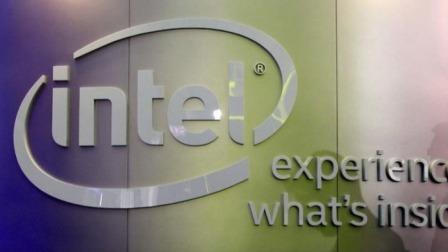Intel VISA Exploit Gives Access to Computer’s Entire Data

Security researchers have discovered a previously unknown feature in the Intel chipsets, which could allow an attacker to intercept data from the computer memory. The feature called Intel Visualization of Internal Signals Architecture (Intel VISA) is said to be a utility that is bundled by the chipmaker for testing on the manufacturing lines. Although Intel doesn't publicly disclose the existence of Intel VISA and is extremely secretive about it, the researchers were able to find several ways to enable the feature on the Intel chipsets and capture the data from the CPU.
As a per presentation made by the researchers Mark Ermolov and Maxim Goryachy of Positive Technologies at the ongoing Blackhat Asia 2019 conference in Singapore, their exploits of the Intel chipsets don't require any hardware modifications or special equipment. One of the techniques shared by the researchers involved vulnerabilities detailed in Intel-SA-00086 advisory that give access to Intel Management Engine (Intel ME), in turn helping enable VISA. Access to Intel VISA makes the computer's entire data vulnerable and obtainable for the attacker.
Intel underplayed the exploit and told ZDNet that the VISA issue requires physical access to the machines and the Intel-SA-00086 vulnerabilities have already been mitigated. The researchers however disagreed with Intel's comments and reportedly said in an online discussion that the patched Intel firmware can be downgraded using Intel ME, making the chipset vulnerable and opening the door for accessing Intel VISA.
Mark Ermolov also noted that the vulnerabilities detailed in Intel-SA-00086 are just one of the ways to access VISA, and there are other methods as well, including Orange Mystery and Intel JTAG password. The technical details of these exploits can be found in the presentation slides shared on Blackhat Asia website.









Most Visited
It’s always been hard to reconcile the dreams of portability with power in a gaming laptop.
Devices built on Nvidia's Tegra X-1 mobile processor are at risk of attack from a flaw security r
Google has introduced new methods, an updated user interface and other changes through which 2-st